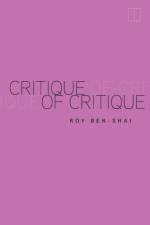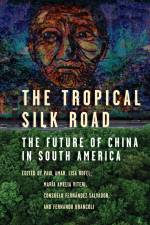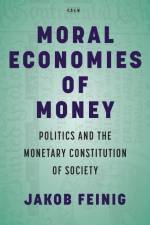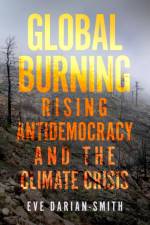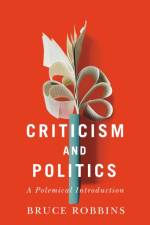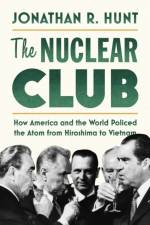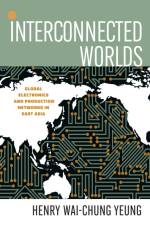av Christine M Beckman
351
"In Dreams of the Overworked, Christine M. Beckman and Melissa Mazmanian offer vivid sketches of daily life for nine families, capturing what it means to live, work, and parent in a world of impossible expectations, now amplified unlike ever before by smart devices. We are invited into homes and offices, where we recognize the crushing pressure of unraveling plans, and the healing warmth of being together. Moreover, we witness the constant planning that goes into a "good" day, often with the aid of phones and apps. Yet, as technologies empower us to do more, they also promise limitless availability and connection. Checking email on the weekend, monitoring screen time, and counting steps are all part of the daily routine. The stories in this book challenge the seductive myth of the phone-clad individual, by showing that beneath the plastic veneer of technology is a complex, hidden system of support-our dreams being scaffolded by retired in-laws, friendly neighbors, spouses, and paid help. This book makes a compelling case for celebrating the structures that allow us to strive for our dreams, by supporting public policies and community organizations, challenging workplace norms, reimagining family, and valuing the joy of human connection."--Publisher marketing.

